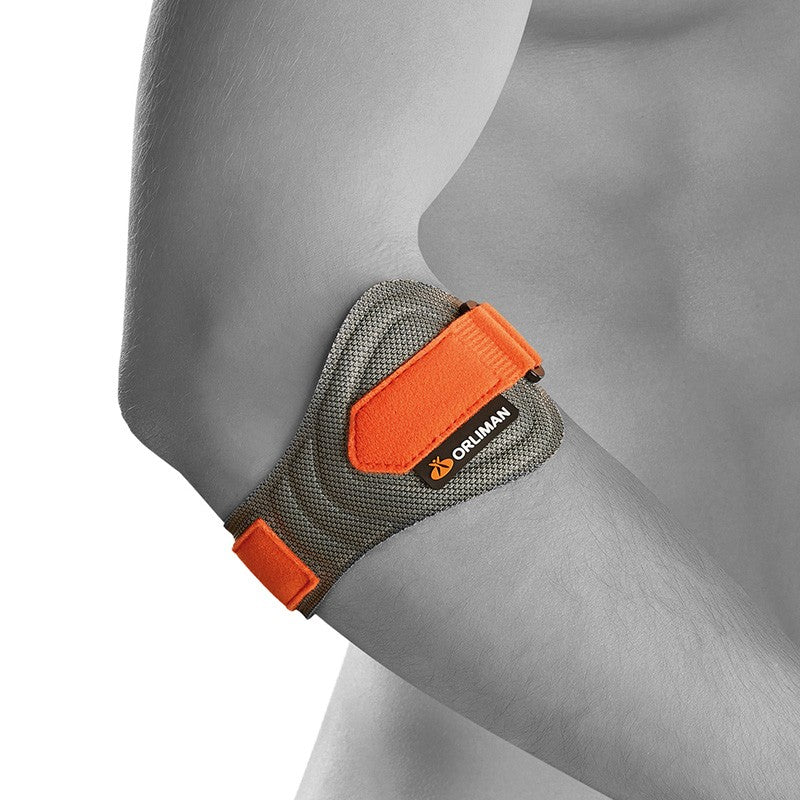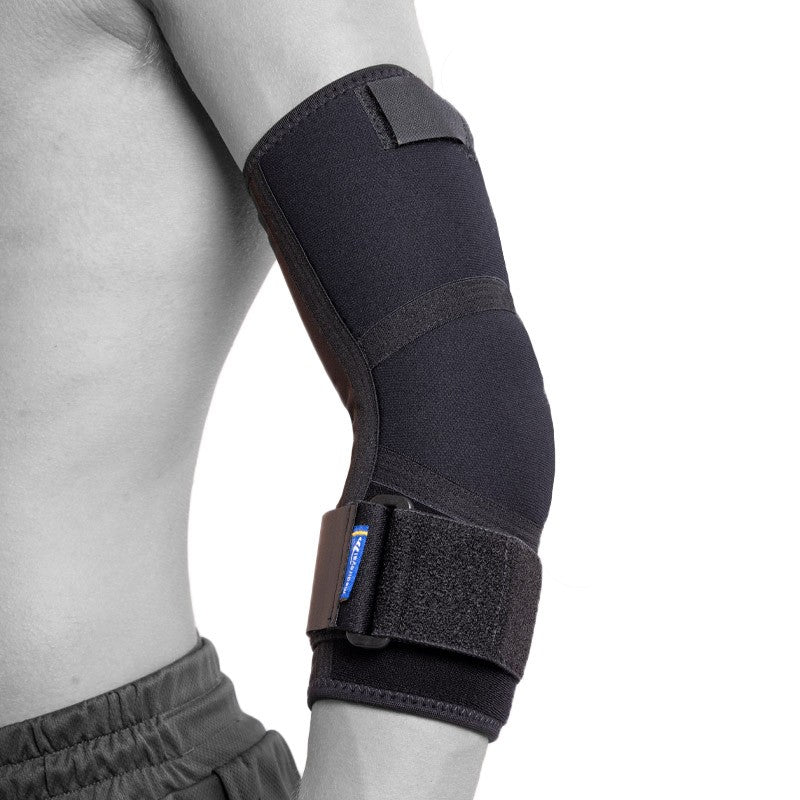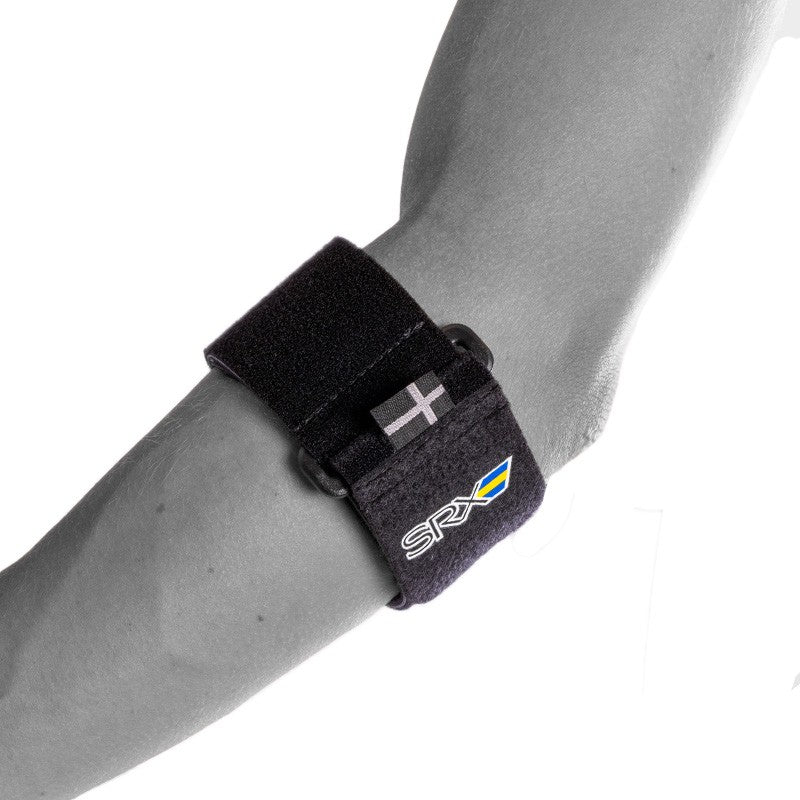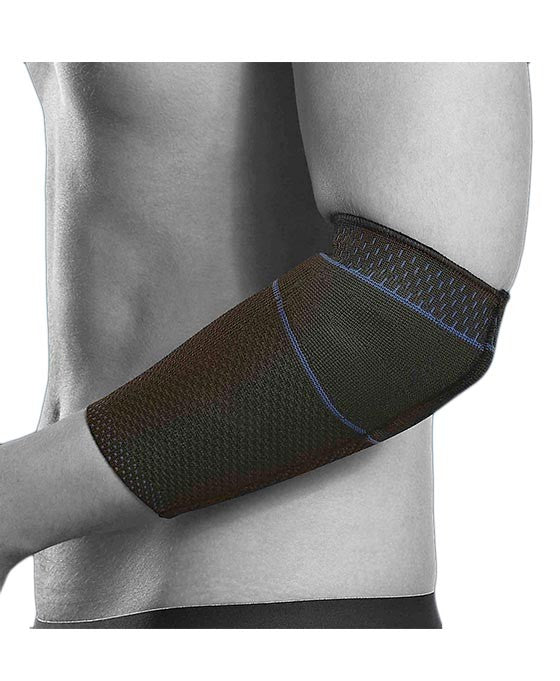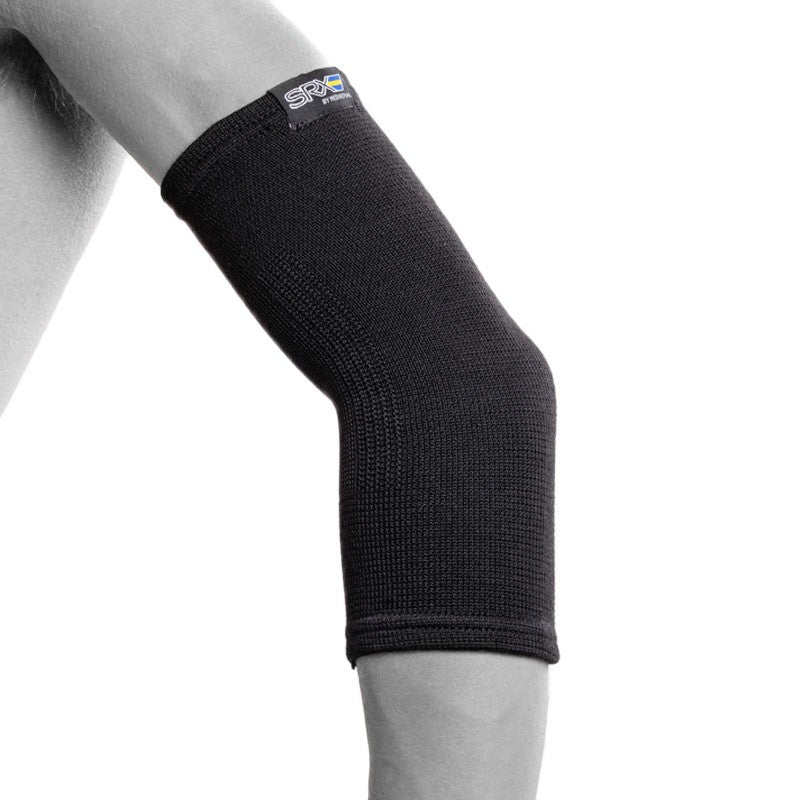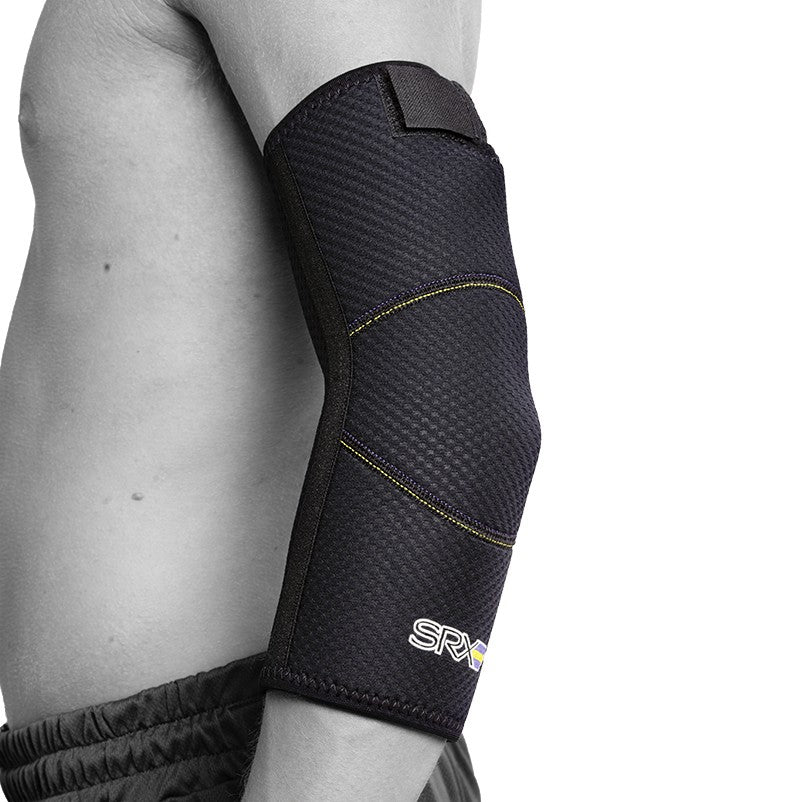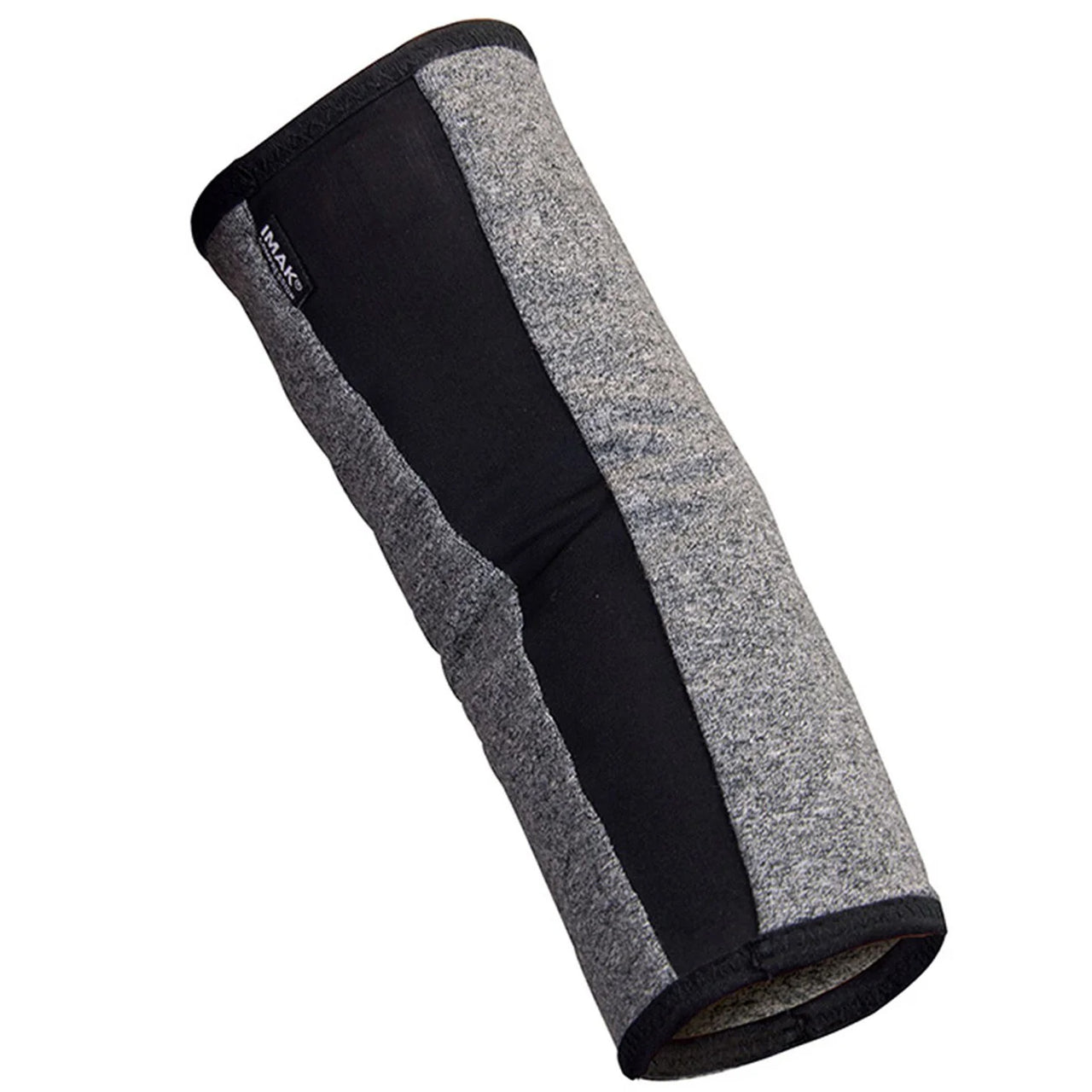Elbow pain is common and can be caused by inflammation, overuse, bursitis (student elbow) or muscle strains. Common conditions include tennis elbow and golfer's elbow, both of which are caused by repetitive strain on the hand and wrist. Problems can also occur when the elbow is overextended, especially in explosive sports.
What is elbow pain?
The elbow joint consists of several tendon attachments and muscles that are often subjected to heavy strain. Pain usually occurs over the inside or outside of the joint where the tendons attach, but can also be located at the tip of the elbow in the case of bursitis. The inflammation often develops as a result of repeated, one-sided movements or prolonged strain.
Common causes & risk factors
Elbow pain can be caused by a number of different things. Tennis elbow is an inflammation of the tendon attachment on the outside of the elbow and is often associated with repetitive movements of the hand and wrist, sometimes referred to as mouse elbow. Golf elbow instead affects the tendon attachment on the inside of the elbow but occurs through similar mechanisms. Another common cause is bursitis, which causes pain at the tip of the elbow and is often triggered by prolonged pressure against hard surfaces. Overextension, or hyperextension, can also cause problems and is particularly common in explosive sports such as handball, volleyball or athletics.
Symptom
- Local pain on the inside or outside of the elbow
- Tenderness when pressure is applied over the tendon attachments
- Stiffness and difficulty gripping or lifting
- Swelling or increased heat locally in the elbow
-
Pain with movement, strain, or pressure on the tip of the elbow
When should you seek medical attention?
Seek medical attention if the pain does not go away after rest and relief, if you experience prolonged swelling, or if the mobility of your elbow is severely limited.
Recommended protection & support
To reduce the discomfort, there are different types of protection that can be adapted to the nature of the problem. Relief elbow protection can reduce the load on the tendon attachments and relieve inflammation, while compression support contributes to increased circulation and supports recovery. In the case of overextension problems, movement-restricting elbow orthoses are often used to protect against harmful movements. In addition, ergonomic aids in everyday life and at work can reduce the risk of stressful movements and contribute to faster recovery.

